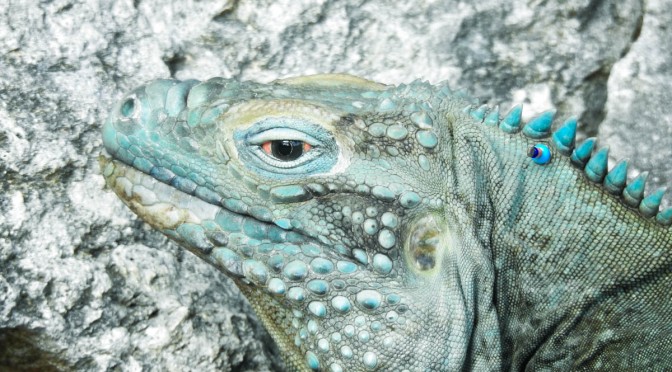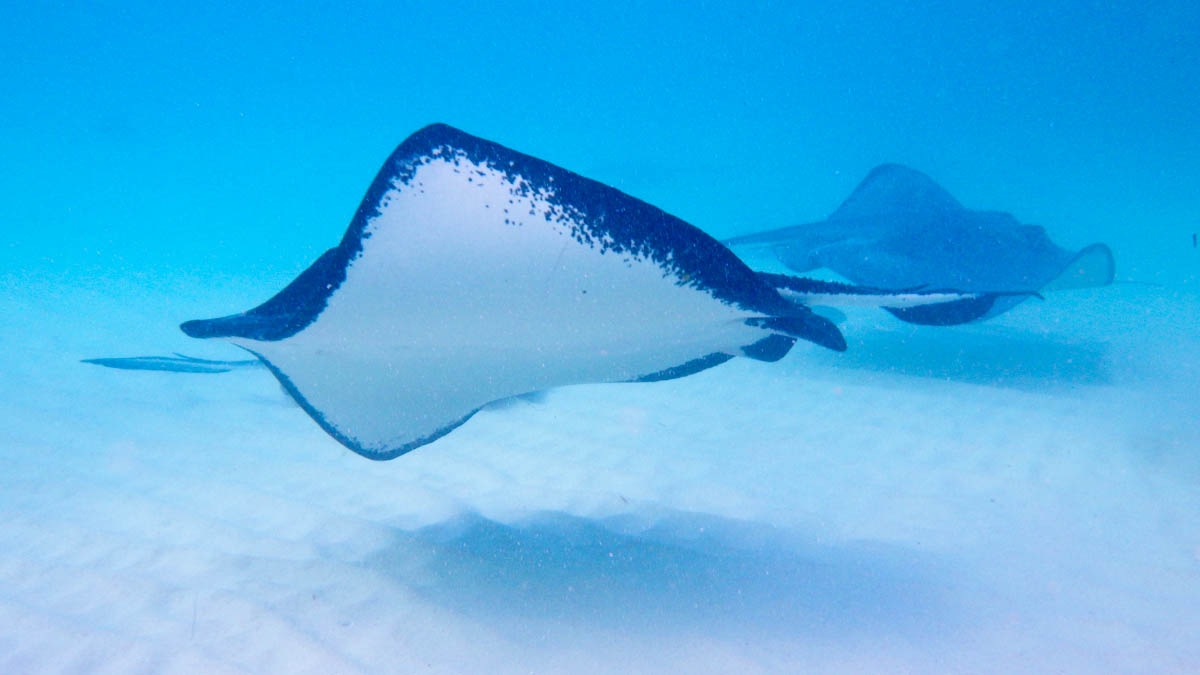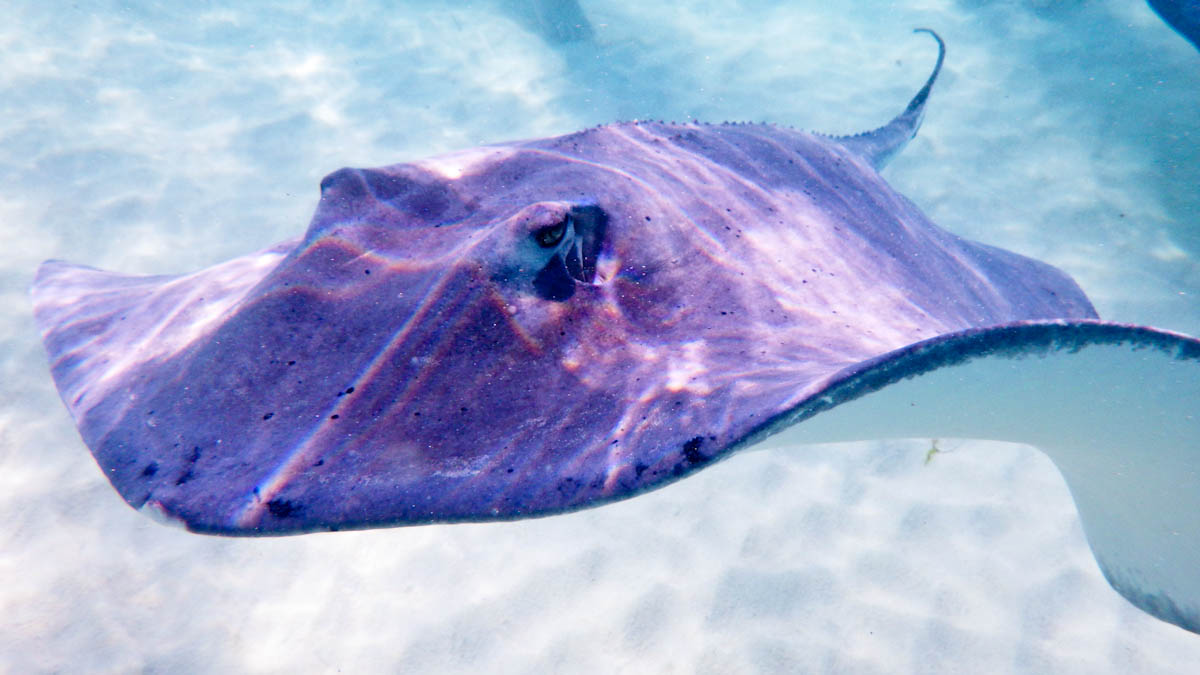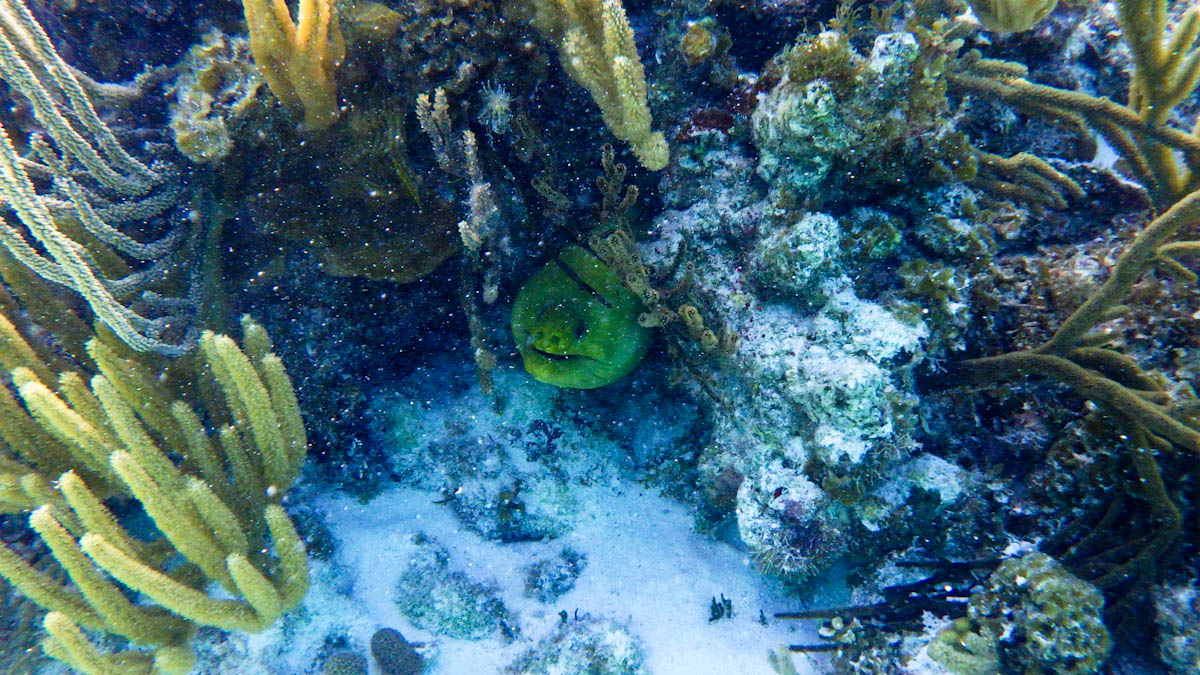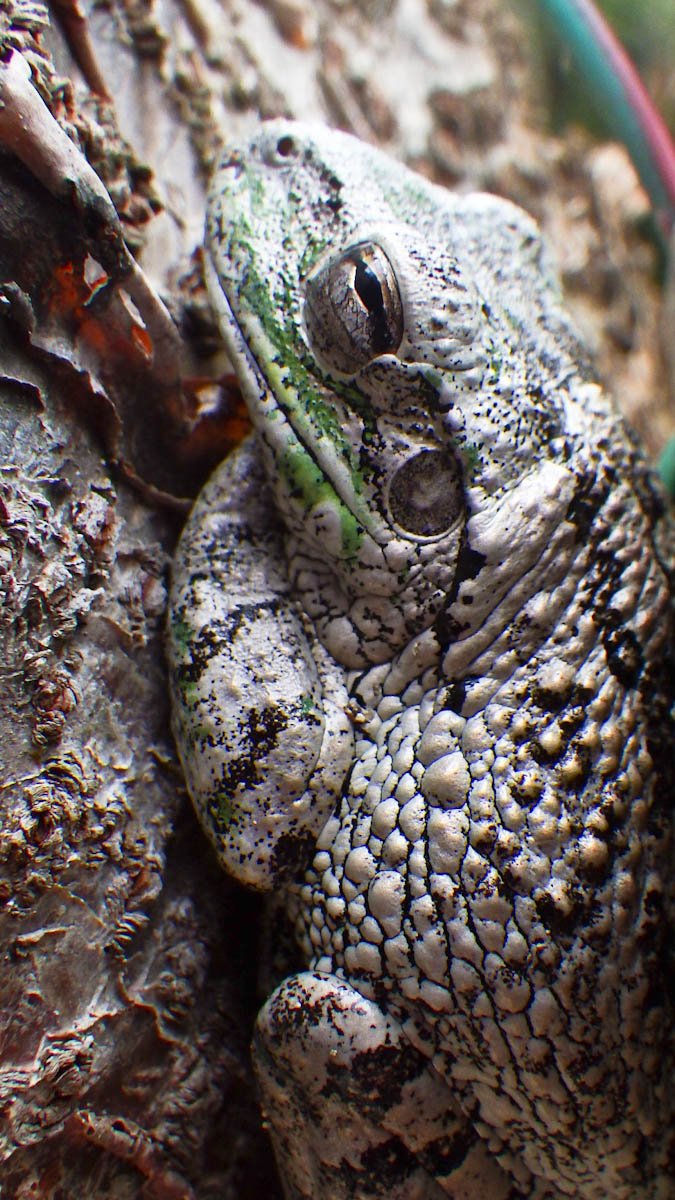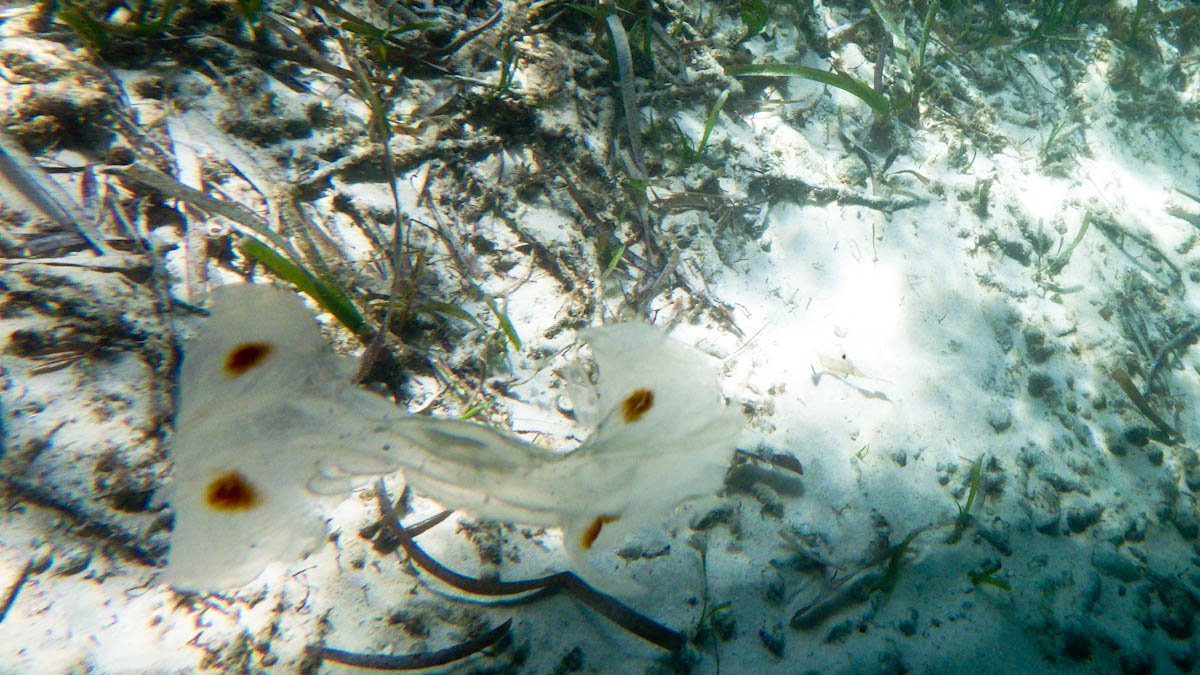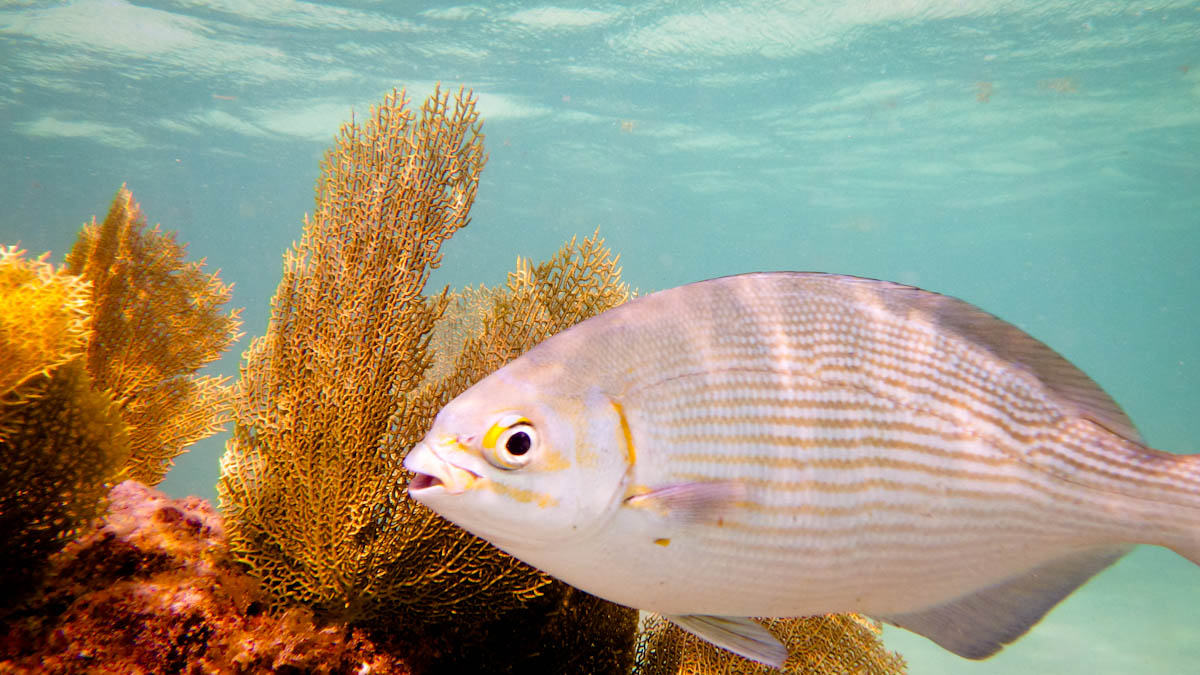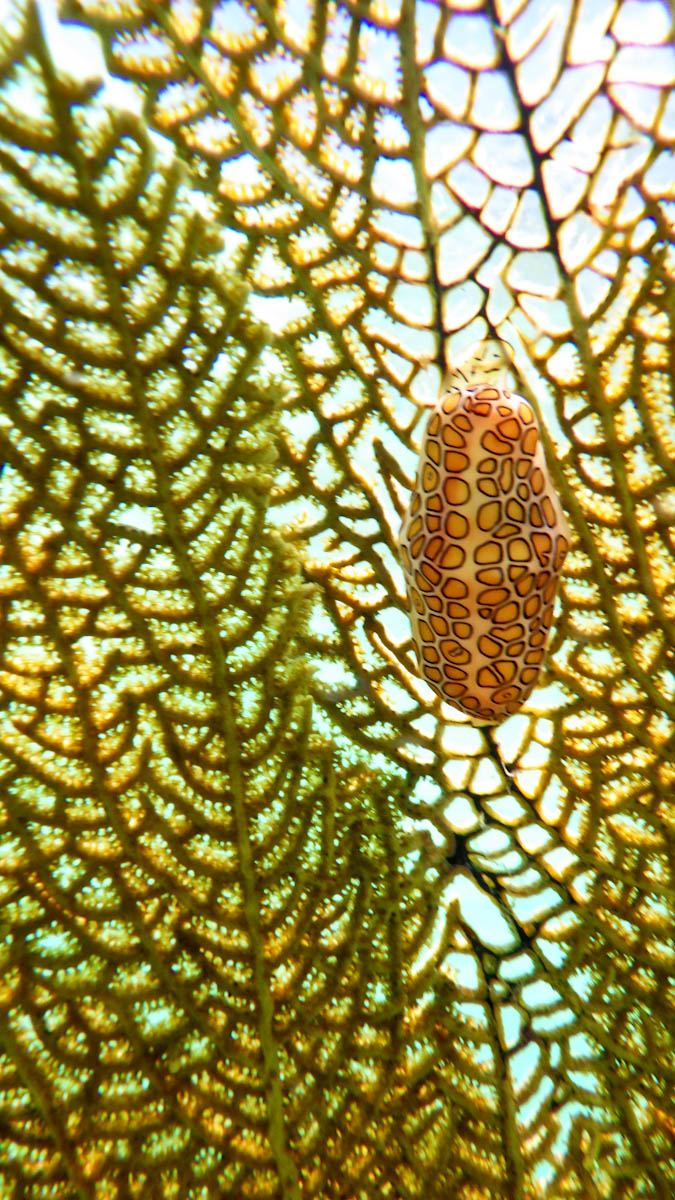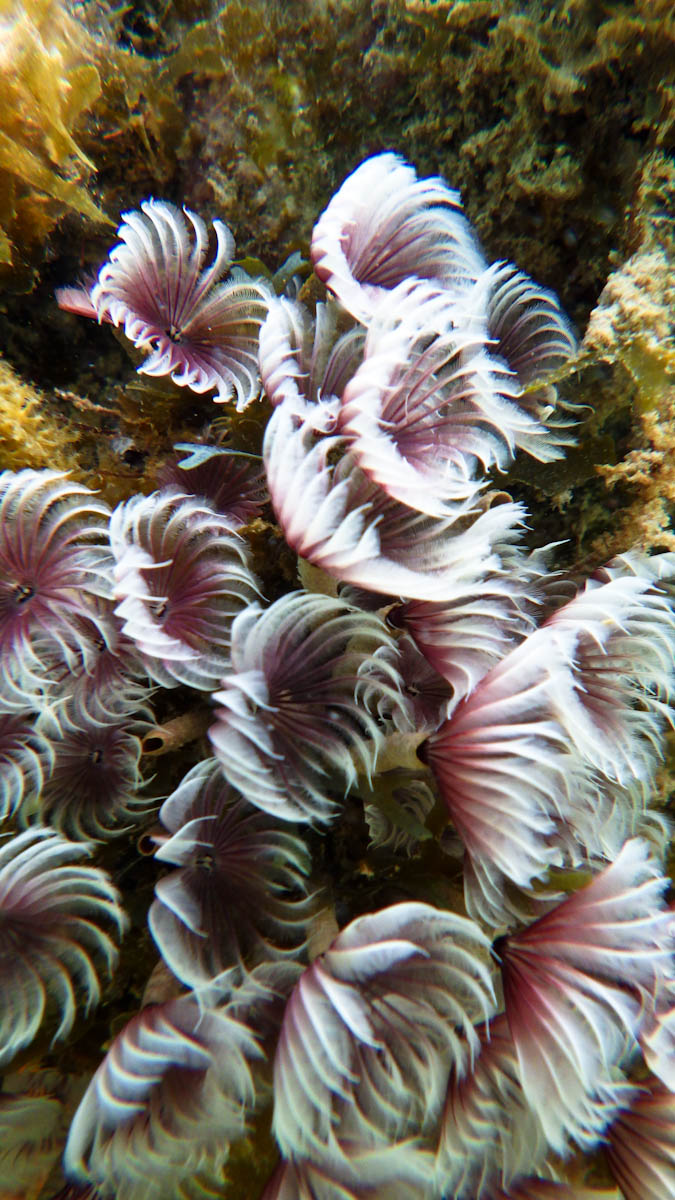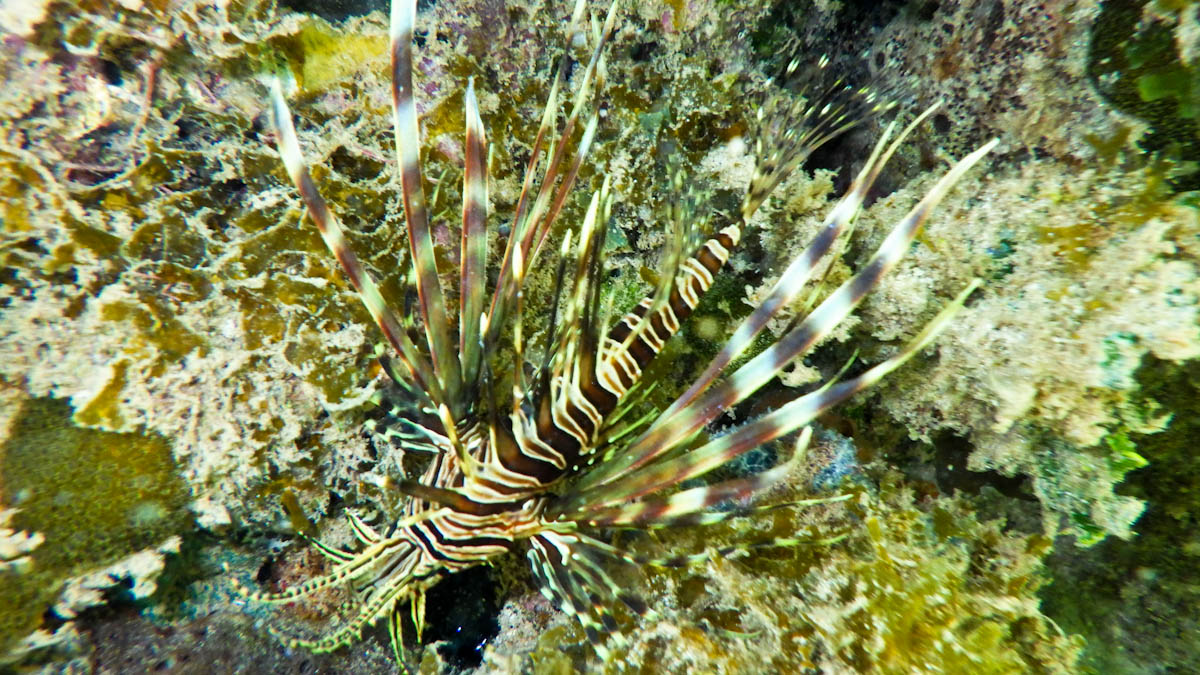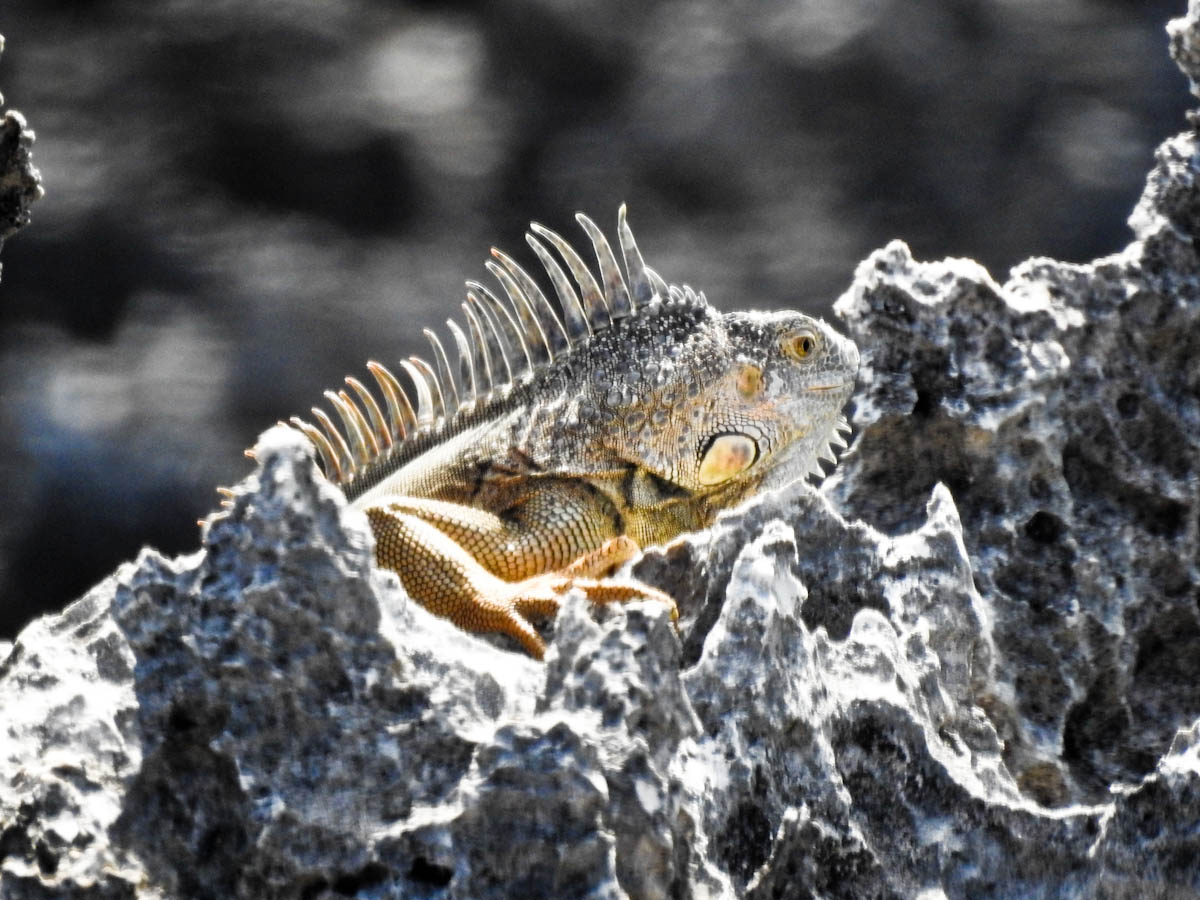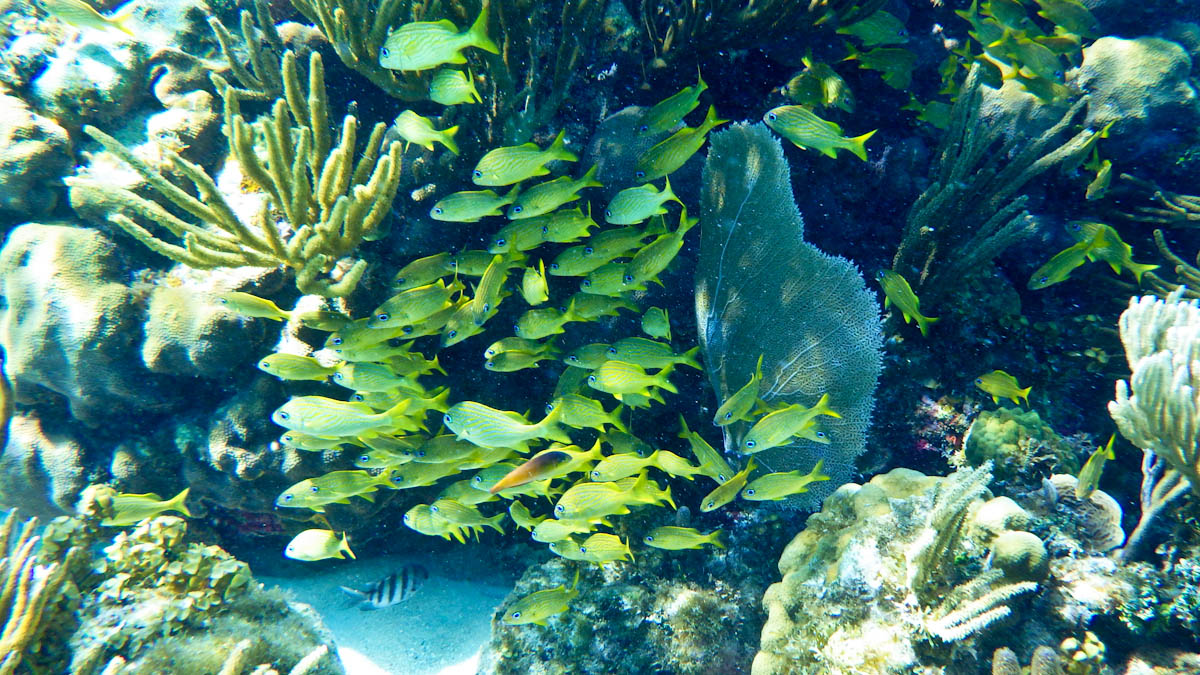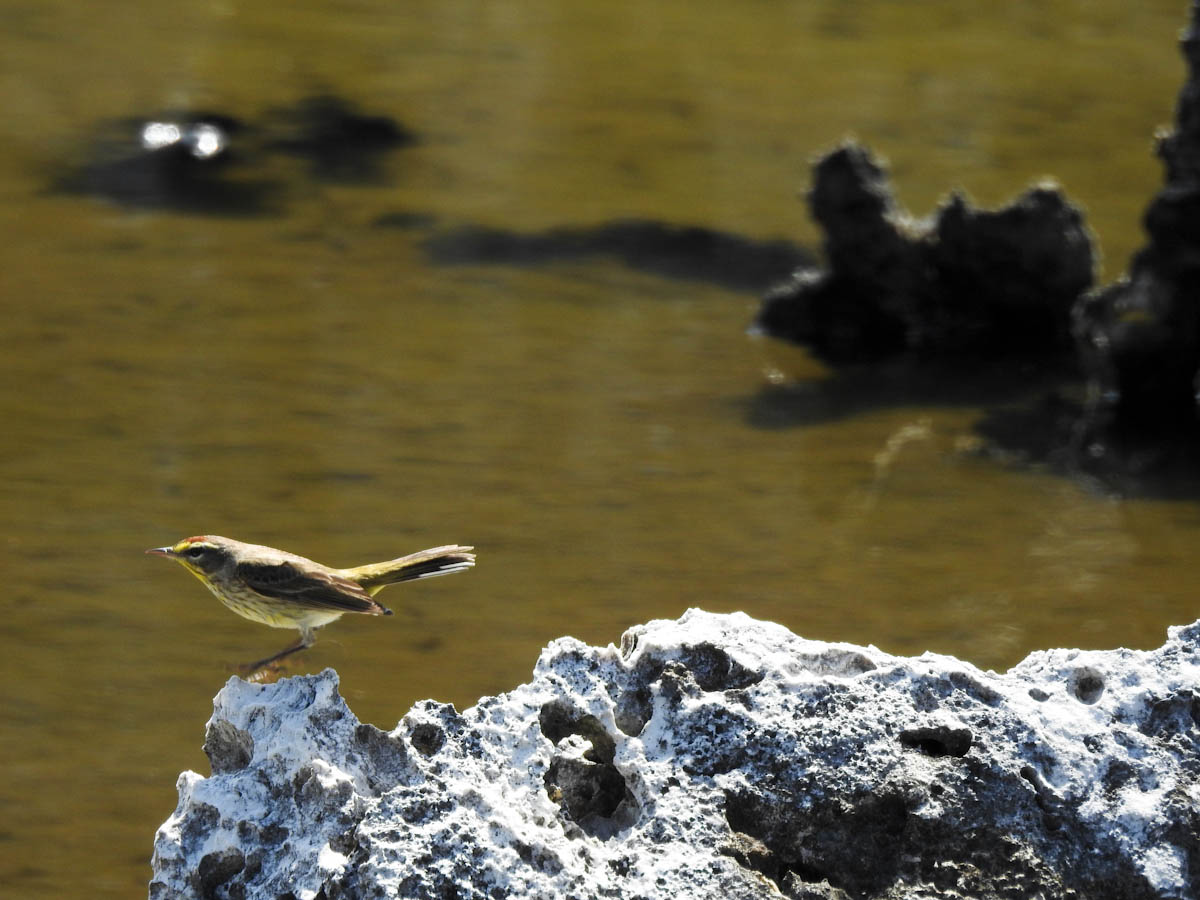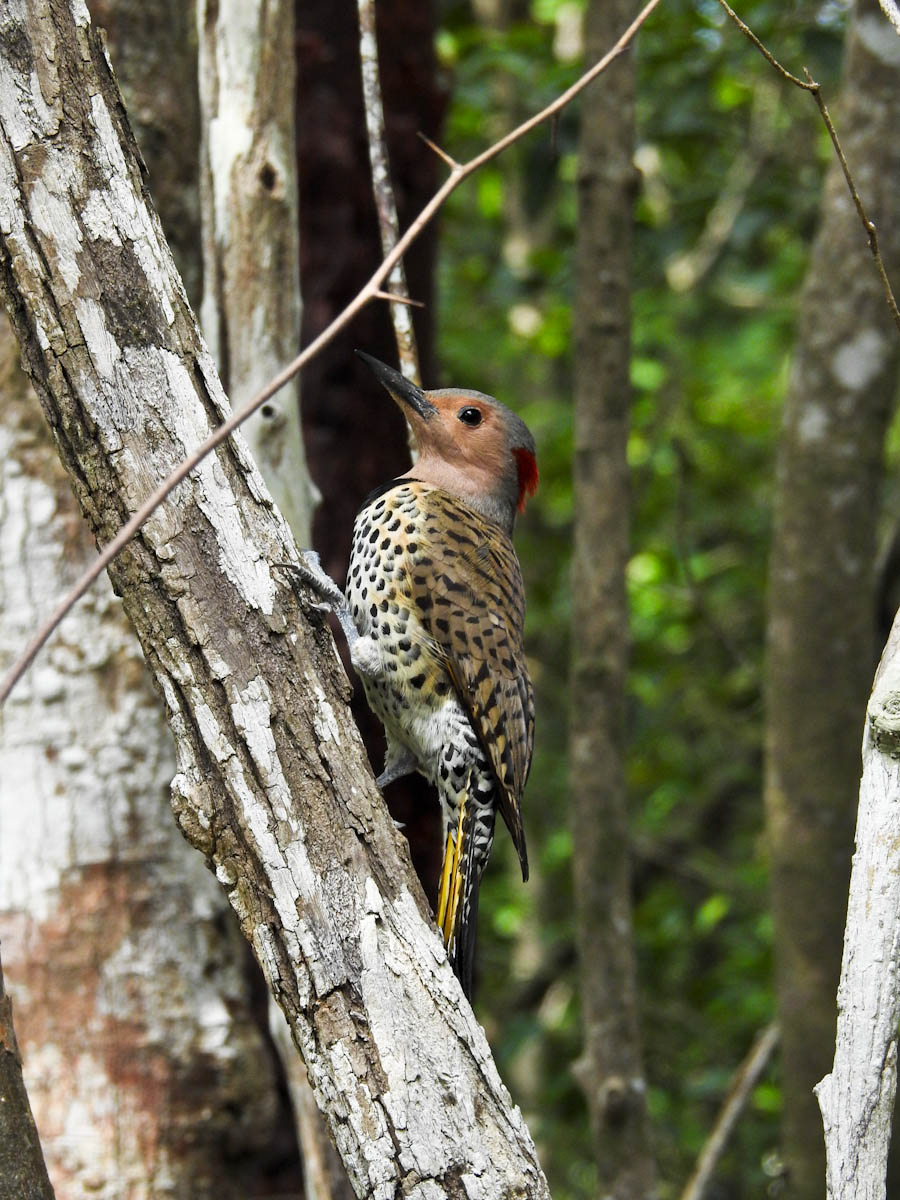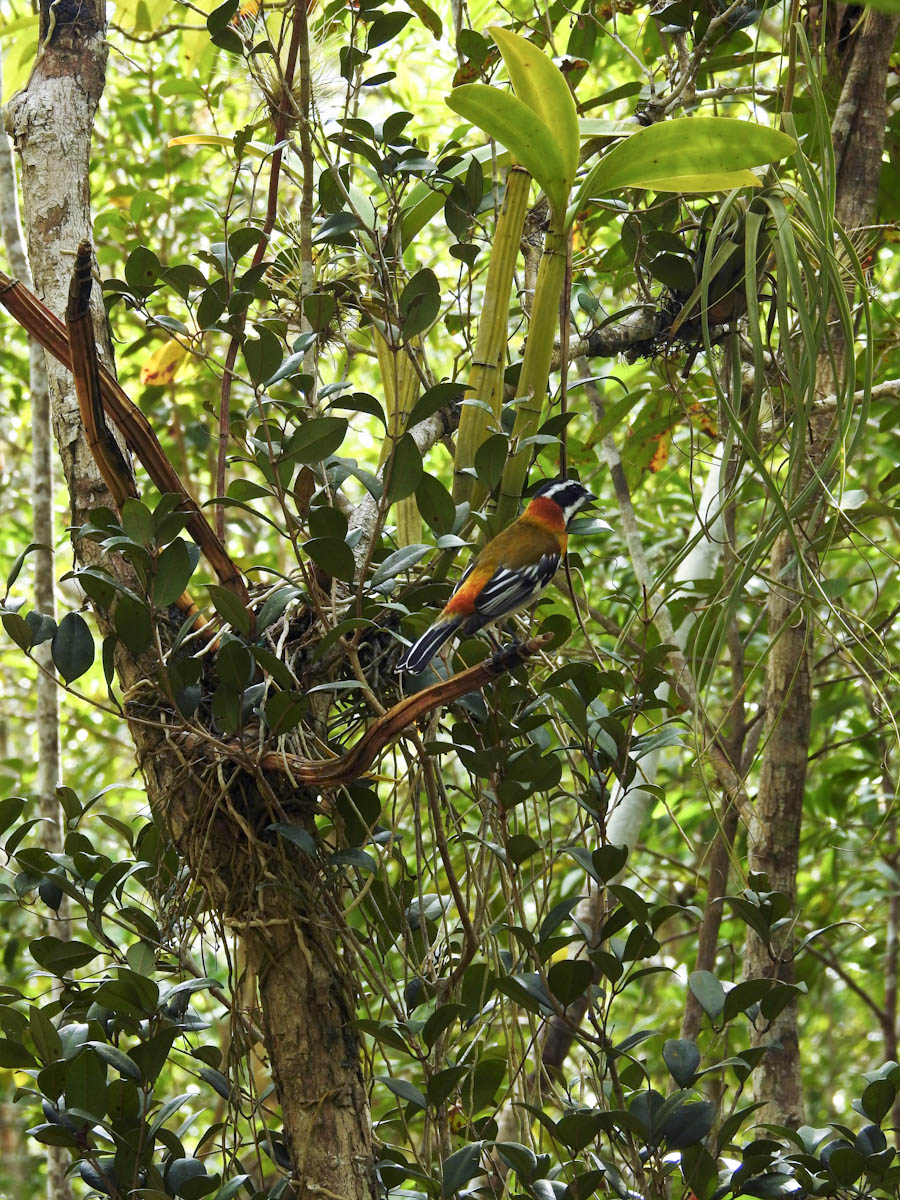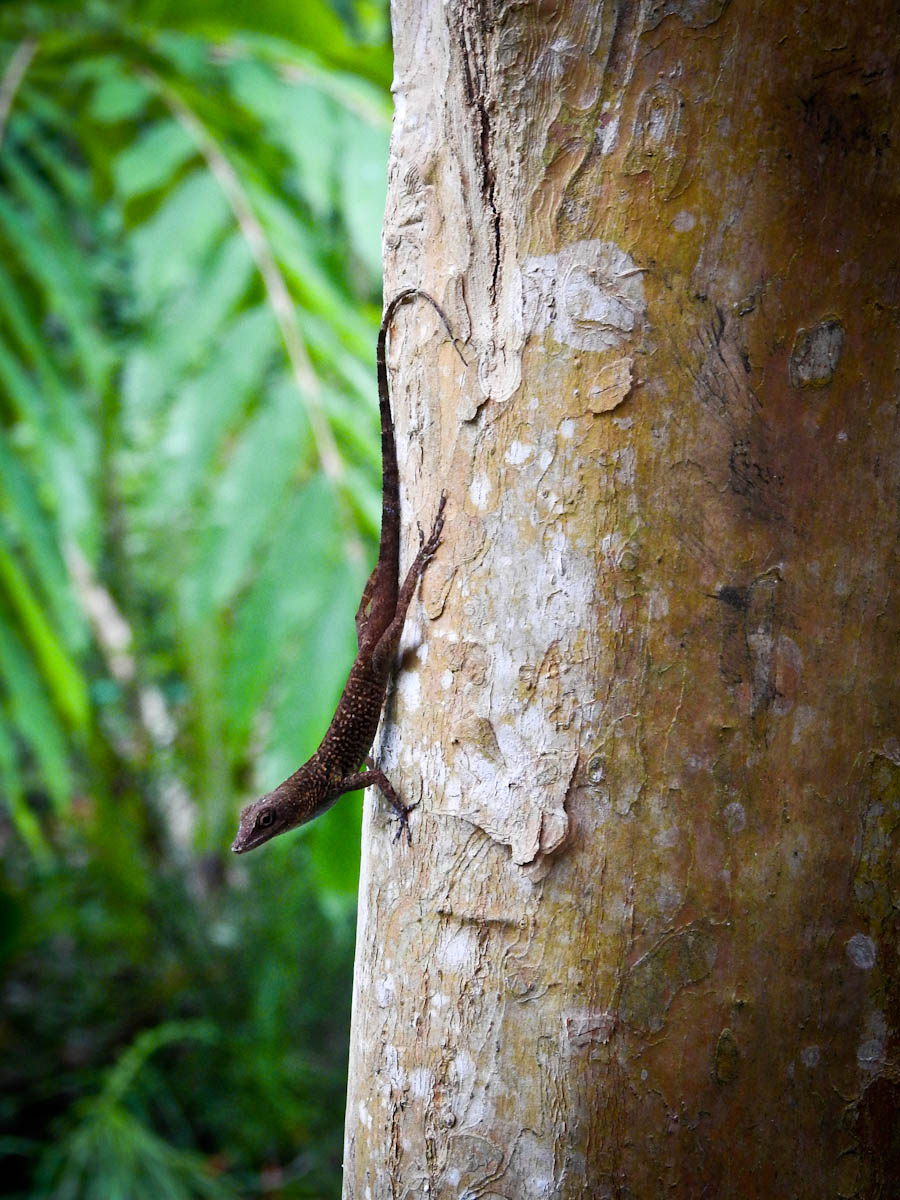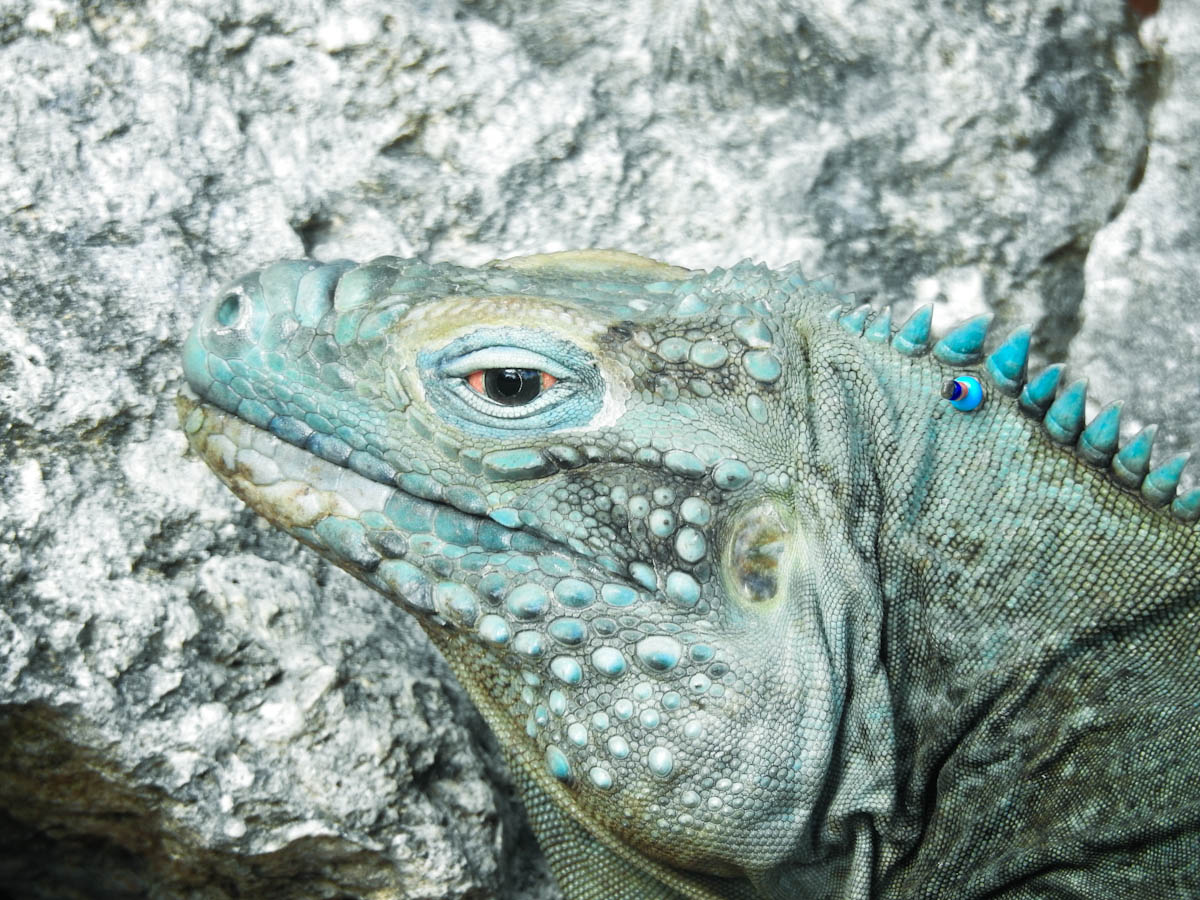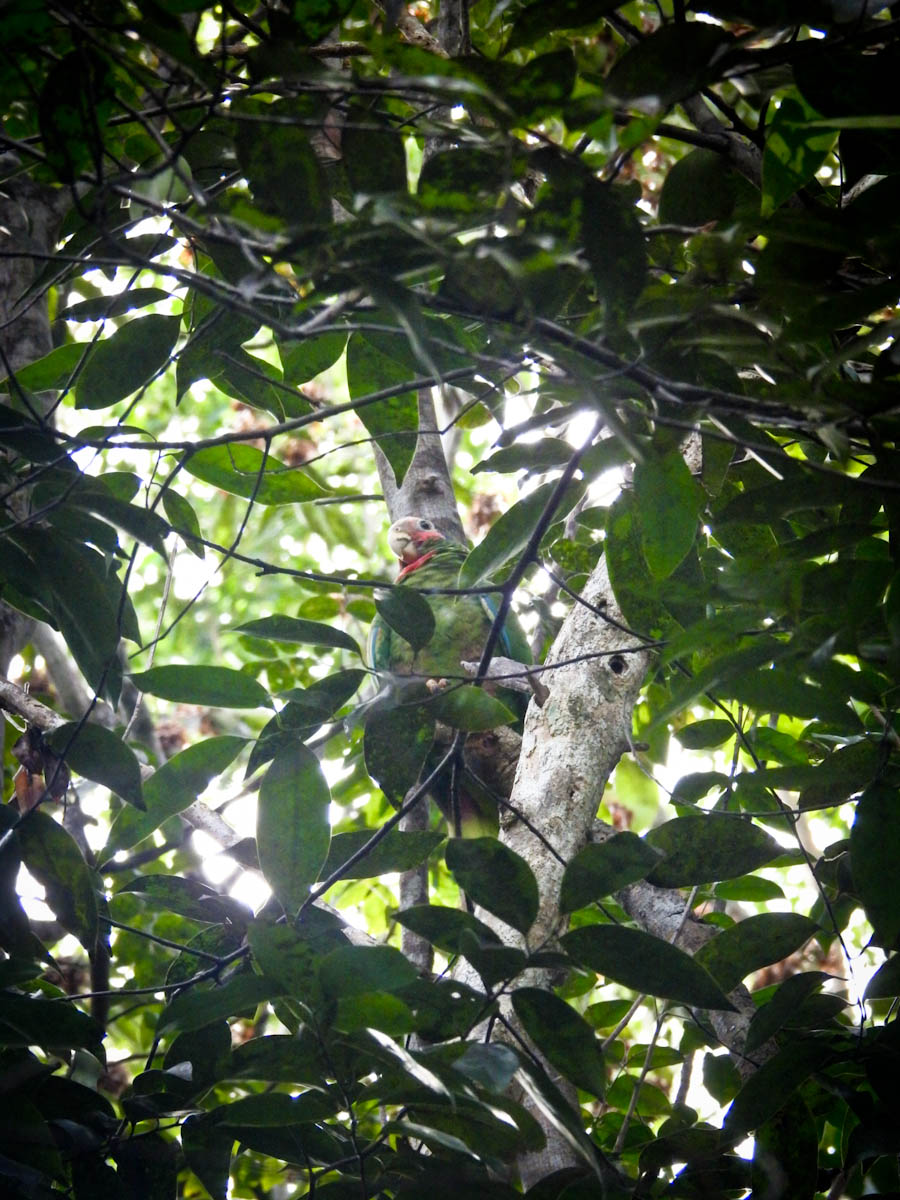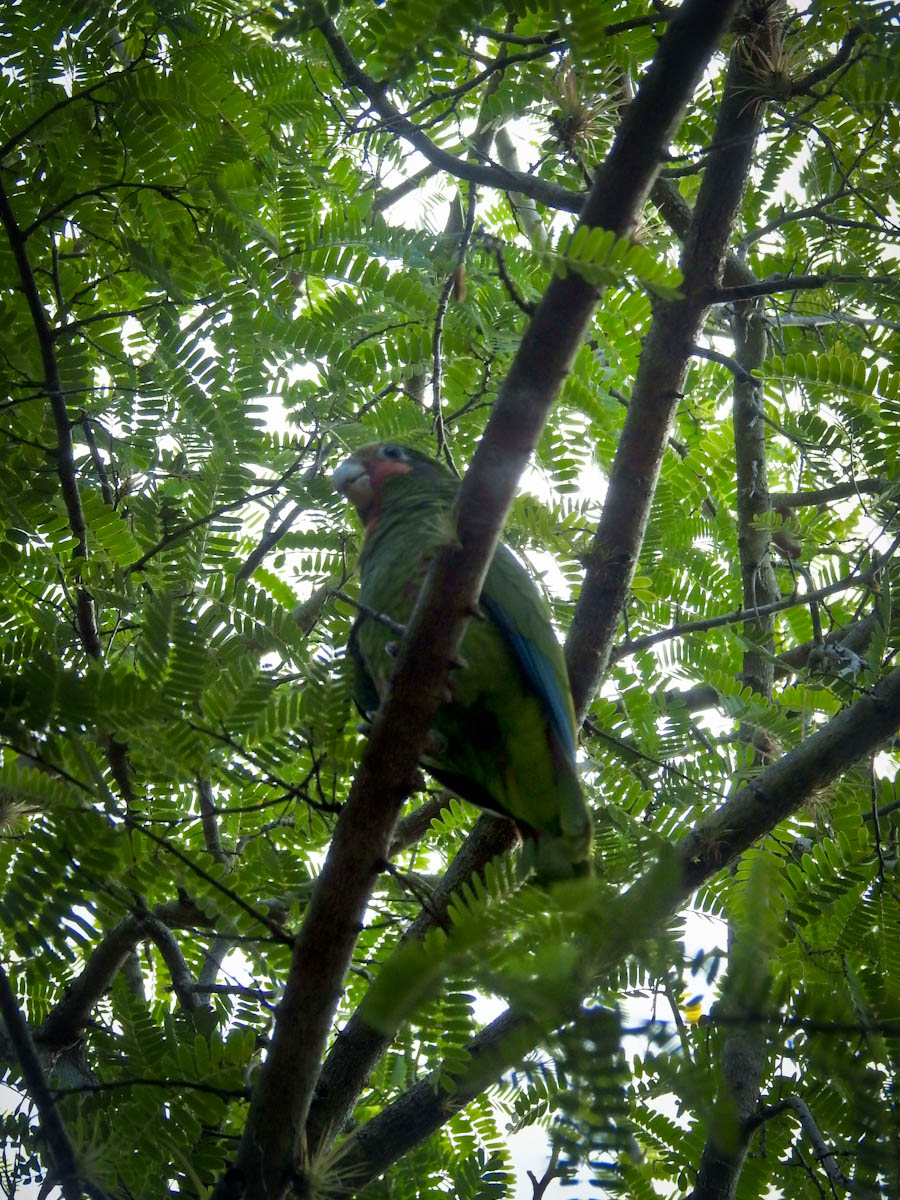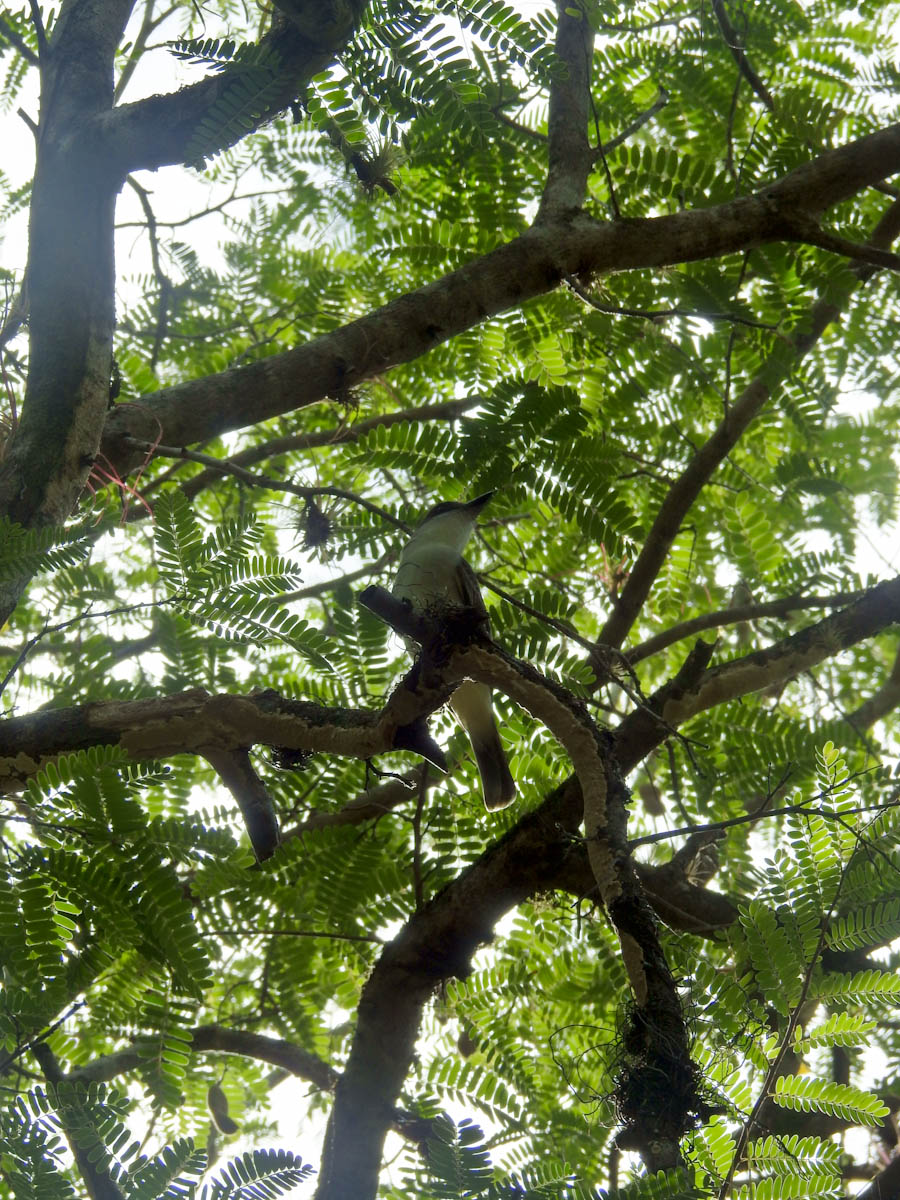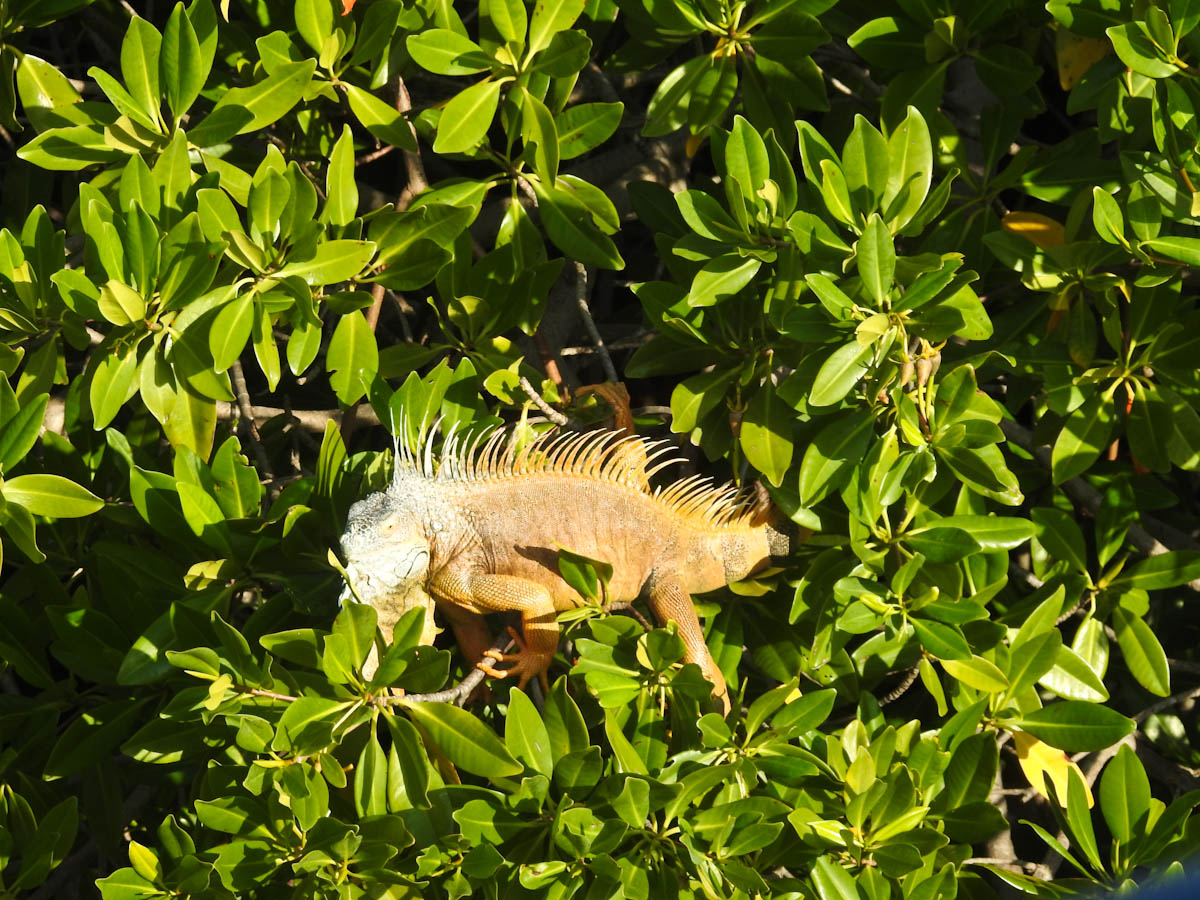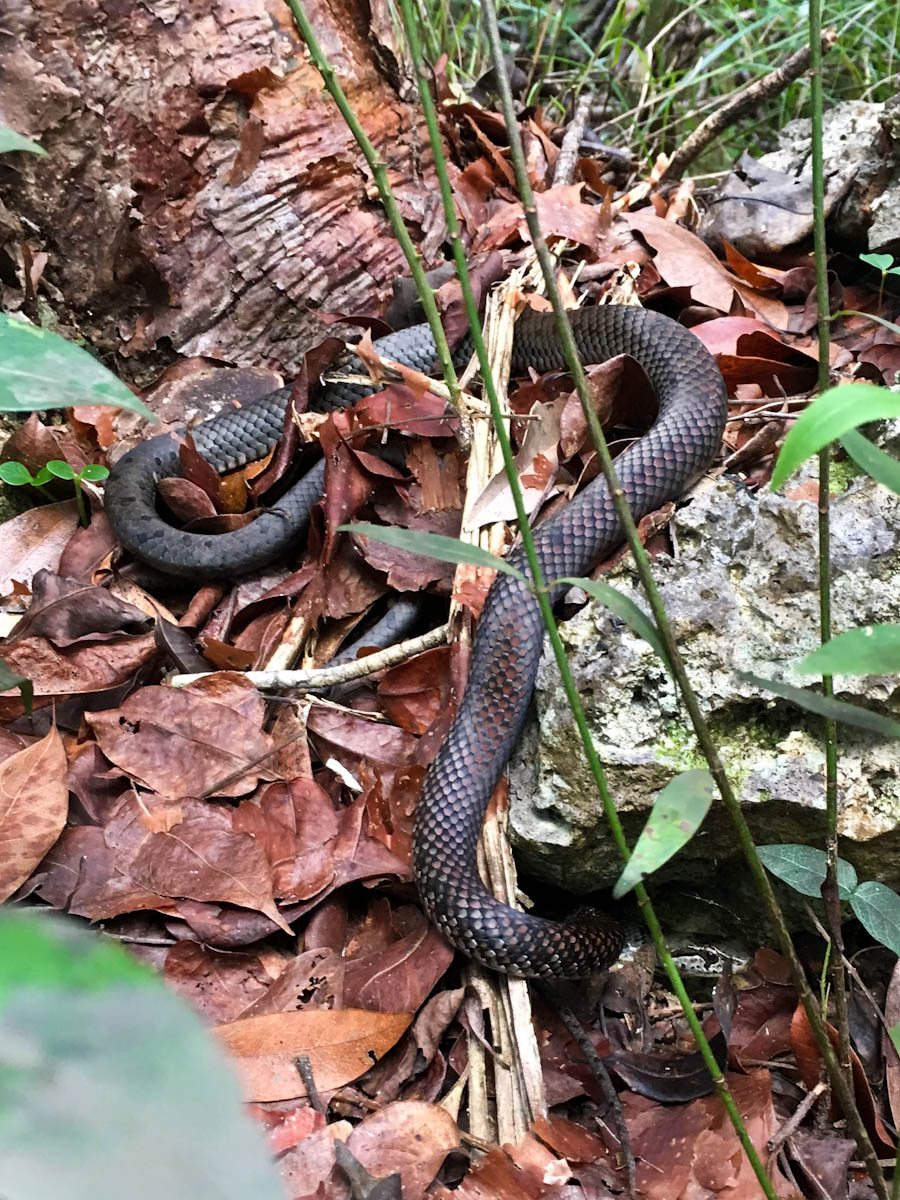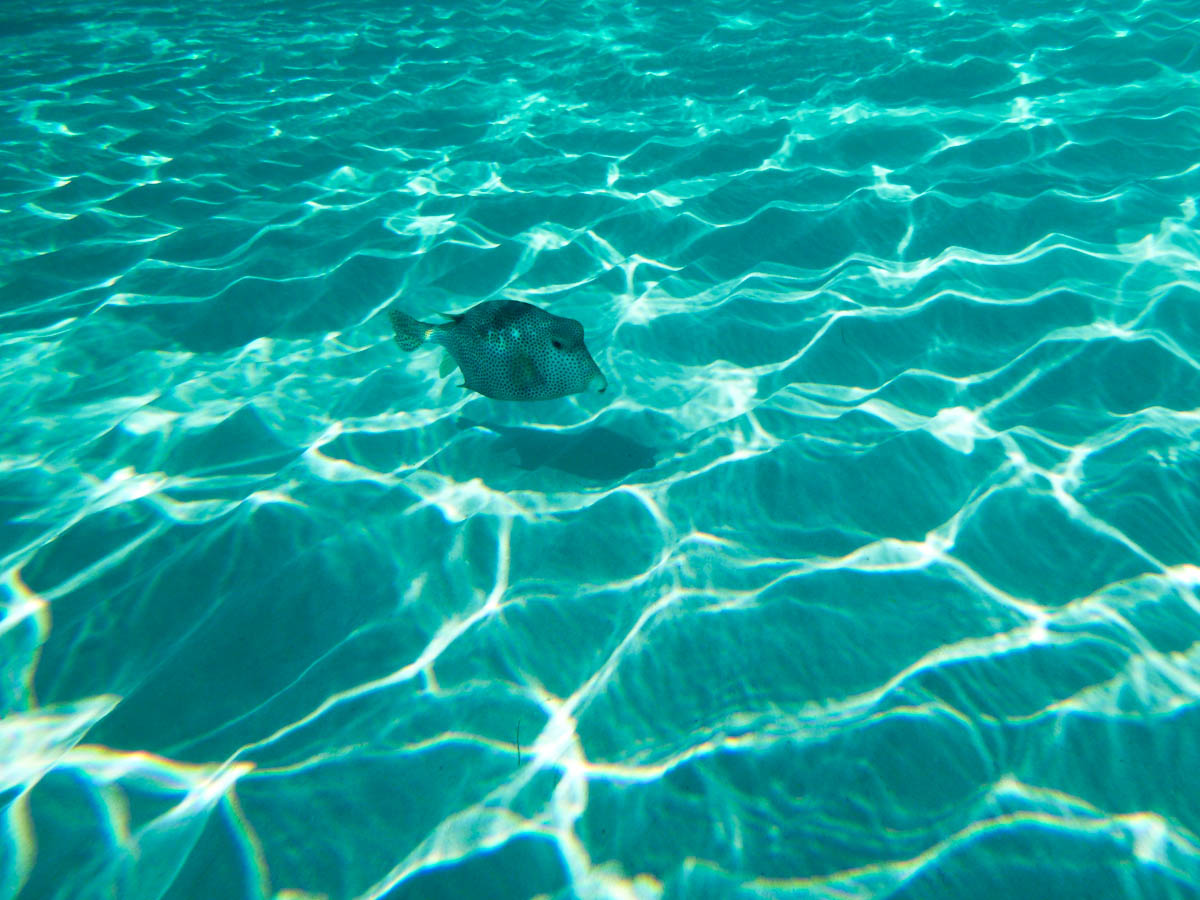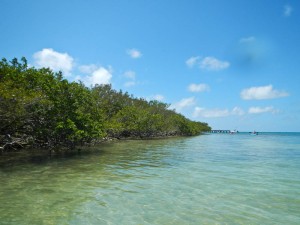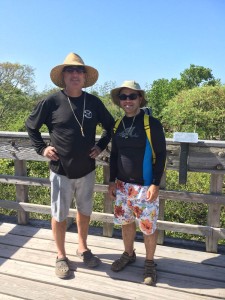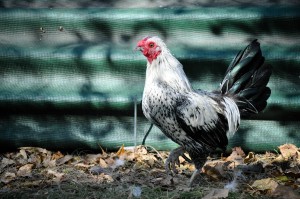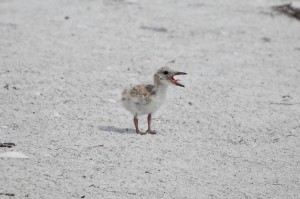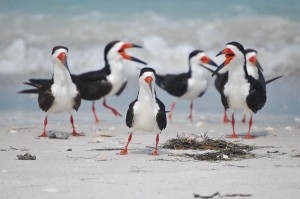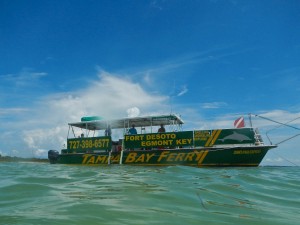The woods serve all purposes. Happy? Go to the woods and delight in nature. Sad? Go to the woods and cry on a log. Need to think? Wander, looking for the answer. Stressed? Hike until you are too tired to give a shit. Relaxed? Sit and stare at a ribbon of water slinking along the ground.
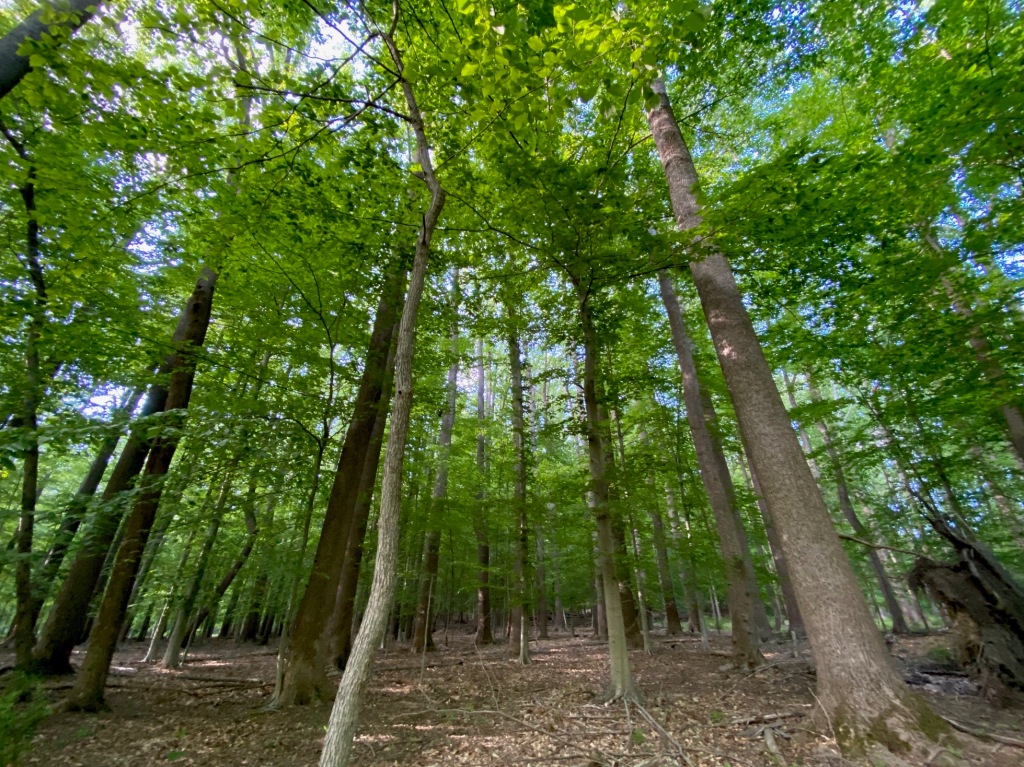
We discovered a patch of woods not far from the house at the start of the pandemic. We were cautious at first, fearful of trespassing. Quick online research showed that it was part of Gunpowder State Park. We also learned that the National Guard used the land for exercises. It was obvious the land had history, but we saw few people.
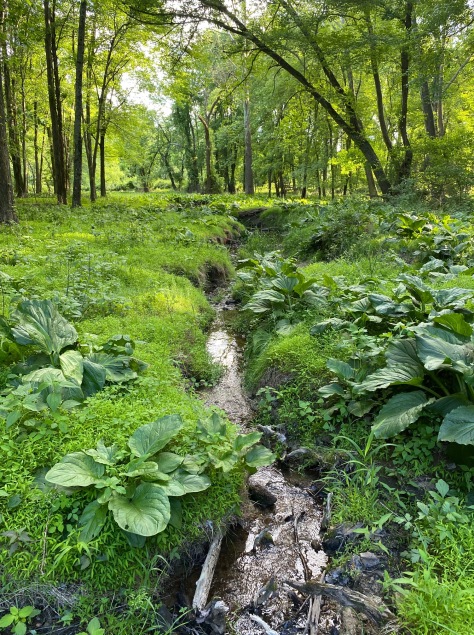
We had begun cleaning up the roadside and trash piles we found in the forest. While exploring, we found a spot near a small pool of water covered in animal tracks. At the house, I’ve used a trail camera in the yard for the last few years, ever curious about our nocturnal visitors. Invisible during the day, the night camera captures foxes, rabbits, opossums, moths, and the neighbor’s cats. It is an undisturbed peek into their world.
I began to set up my trail camera in the forest. Sometimes the racoons (or deer) would knock it over and all I would get would be a video of dirt and snuffling. One night, it was like the forest was holding a party and there were deer (including a piebald deer!), opossums, and raccoons (including a fat one that sat on his rump and faced the camera).

The forest was a source of endless delight. In addition to the trail camera captures, we saw a salamander, a fawn resting, wild turkeys, chipmunks, snakes, spiders, and countless toads and frogs. One particularly hot day when I needed the woods because I was upset, I found a tadpole puddle drying up and spent the afternoon using some of the trash in the woods (jars and such) to gather as many as I could and move them to a larger pool. I returned home covered in muck, but marginally less upset.

On Mother’s Day, we went for a hike and I decided to set up the trail camera at one of my favorite spots. I had never set it there, but I suspected animals came through the area from the tracks and scat. We only ever saw a family with portly chihuahuas and a guy with two elderly dogs in the woods. We had never seen them (or anyone else) in that particular section of woods. All the trash we found was old and the new stuff seemed related to the National Guard.

The next afternoon we returned so I could pick up the camera, but it was gone. I was devastated. Yes, I was upset about the loss of the camera and tripod (which I had had since I was in my teens), but I was more upset that this simple thing that brought me joy was gone. One of the parts that has been so hard about the pandemic is that you don’t have much to look forward to. Everything was canceled and you can’t make plans. Every day feels like a repetitive grind. Reviewing the footage from the camera had been one of my simple pleasures.
I spent the next few days trying to get in touch with the state park, hoping that a ranger took it or someone found it and turned it in. I was horrified to think that someone thought I was setting the camera up to poach, or worse yet, they would use it to do so. I finally spoke to a ranger and explained we had been cleaning up the woods and how I lost the camera. I put up signs, but it was gone. I was sad and angry for months.
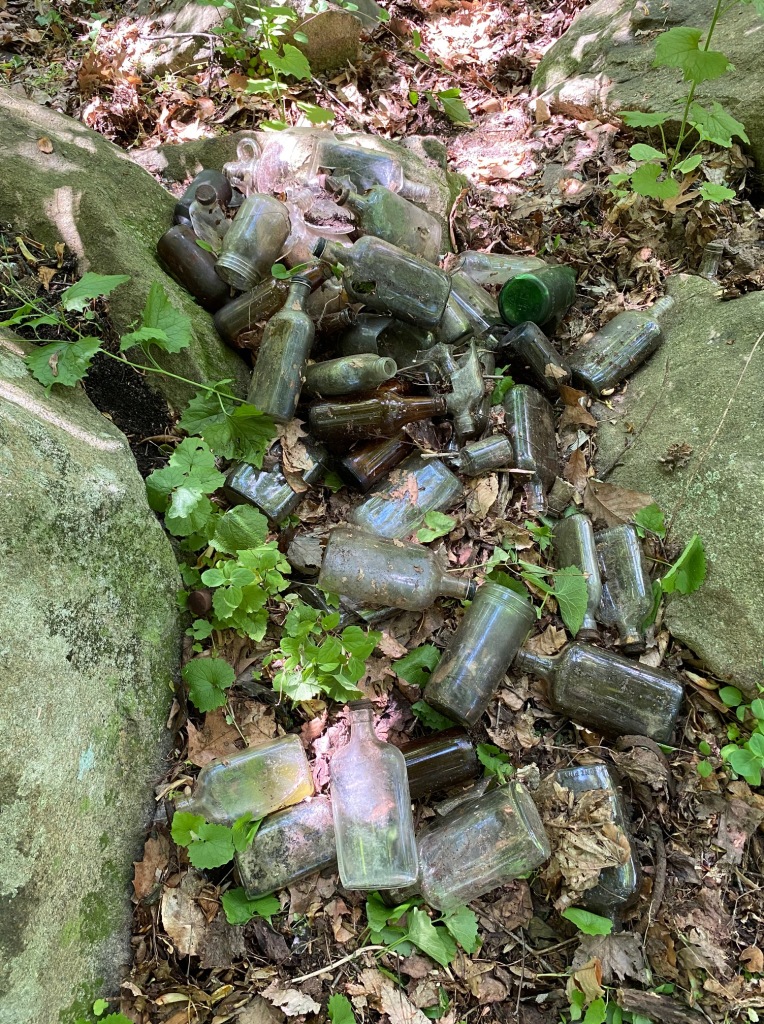
But that wasn’t the end of the story. The park ranger told me about their volunteer program. He sent me the link and Patrick and I registered to become state park volunteers. We’re now an official part of the litter patrol. Cleaning up the woods is cathartic and oddly enjoyable. We now serve the woods as the woods have been serving us. There is a balance in the give and take.


